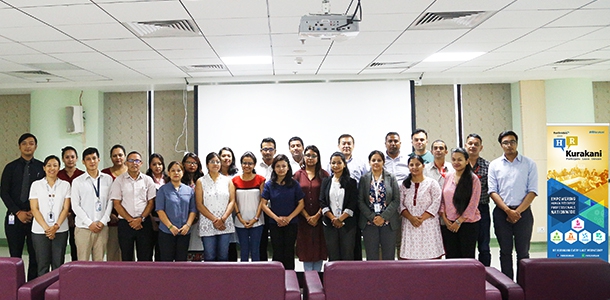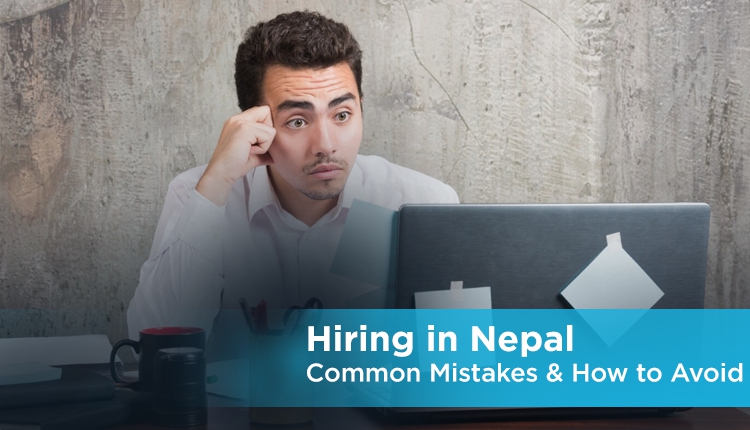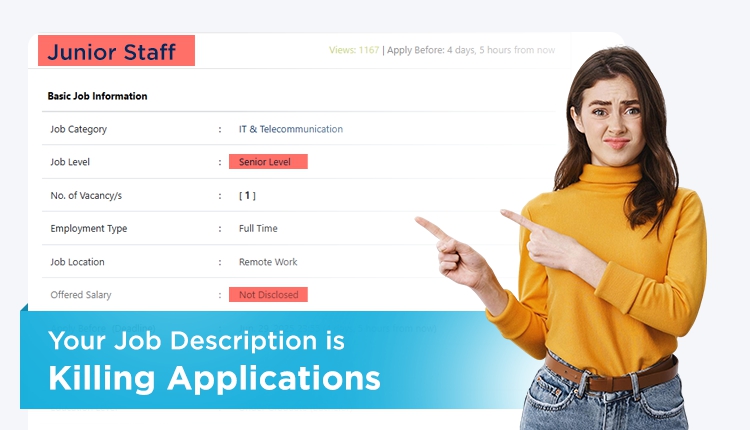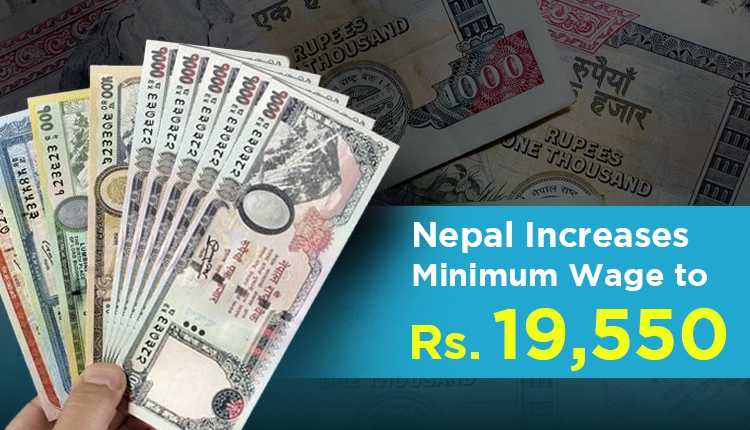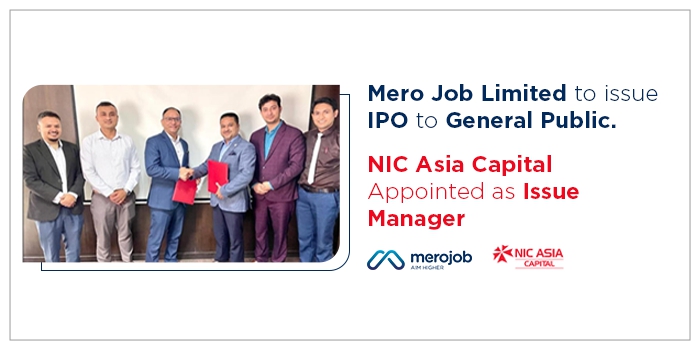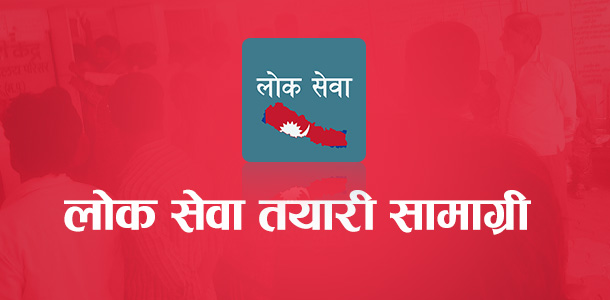The 70th HR Kurakani, organized by Real Solutions was held on the 25th of July, 2018 at Nepal Mediciti Hospital, Nakkhu Patan, to discuss the topic of “Occupational Health and Safety: Learning and Practices.” It was attended by numerous HR professionals from various organizations in Nepal and was moderated by reputed practitioner of HR- Mr. Manoj Giri.
Occupational Health and Safety
In applied terms, Occupational health and safety (OHS) refers to the practice of implementing laws, standards and programs that aim to make the workplace safe and healthy for employees, their family members, customers and the organization as a whole.
Creating a safe and healthy work environment has been a concern of growing importance for past decades all across the globe. Lawmakers and organizations have come to realize that unsafe working environments and the resulting accidents can have severe consequences to not just employees, but the organization and the economy as well.
The hidden and immeasurable costs to the employees and the organizations that result from accidents at workplaces have driven governments and companies to take strict measures to avoid such mishaps. The new Nepalese Labor Law of 2018 also addresses issues of occupational health and safety to greater lengths, and the relative policies described in it were the primary concern of discussion at the 70th HR Kurakani.
Key points in the Occupational Health and Safety Policy in Labor Act 2018:
1. Employers are required to maintain a health and safety policy, that should be designed in accordance with the nature of their business.
2. Employers are required to inform the labor office regarding the fulfillment of health and safety obligations towards the employees.
3. A health and safety committee should be formed in any company that has 20 or more workers. This committee should meet and discuss health and safety issues at least 4 times a year.
4. The organization should provide notice within 7 days to the labor office in case an employee meets with an accident that results in injury or death.
5. In workplaces that are prone to health hazards, such as chemical plants and construction sites, the employer is required to follow detailed safety measures that are described in the labor rules which includes safety for eyes, prevention from fire, testing pressure plants and boilers etc. Weight lifting has also been limited to 55kg for male adults and 45kg for female adults.
6. For employees with desk jobs, the employers are required to create suitable workplaces to prevent fatigue of employees working on computers and screens for long hours.
7. There are also provisions in the labor act for certain requirements in any workplace that include proper cleanliness, a passage of fresh air, waste management, smoke-free zones, hygienic toilets, healthy drinking water etc.
8. Manufacturers, importers, and suppliers of any goods to organizations are required to provide sufficient information regarding management of those goods and precautions to be taken. This is particularly applicable to hazardous goods that involve chemical substances.
9. The labor rules also authorizes the government to publish a list of occupational diseases in Nepal Gazette. Any dispute regarding whether or not a disease is occupational can be settled by the committee formed by the Government comprised of a specialized medicinal practitioner.
Obstacles to the implementation of these policies; and possible solutions
The participants at the Kurakani took to discussing each of the above requirements in detail and agreed that their implementation would be beneficial. However, it was observed that the process of actually implementing those requirements could prove to be a lot more complicated.
For starters, implementation of these requirements will be costly, and most companies in Nepal are reluctant to improve budgets for HR departments. Hence, it was suggested that HR personnel need to get creative and find other cost-effective ways to achieve these requirements. For instance, most organizations would not have personnel with the medical knowledge to form an effective health and safety committee and this would generate the need to hire one, which would obviously add cost to the company. Instead of hiring a medical professional, one HR personnel could receive a basic medical training and then share his/her learned knowledge with others as well.
The general mentalities of the employees would also be an obstruction. The company could provide health benefit programmes for the employees in exchange for a small part of their salary, but the employees would in most cases be happier with a larger takeaway salary. This calls for HR personnel to play their part in effectively communicating the need for health and safety benefits to both the employer and the employees.
Health and Safety practices employed in different organizations
The participants at the Kurakani also shared the health and safety practices employed in their organizations. A number of practices were observed, and amongst them, it was discovered that linking safety with appraisal was a great way to encourage safe work practices amongst employees, - especially in workplaces that deal with hazardous items and machinery. Numerous organizations also seem to require new employees to take up a health course, and successfully completing them is mandatory during the probation period, before they are given permanency.
Ergonomics
In current times, there is a large number of desk-job workers being faced with adverse health problems that arise out of a sedentary lifestyle. To address this issue, Dr. Manju Gyawali of Mediciti Hospital presented some basic information regarding Ergonomics.
Ergonomics in the simplest terms refers to designing and arranging employee’s workspace in a manner that provides the best efficiency and safety. Dr. Gyawali stressed the importance of Ergonomics by giving an alarming statistic that employees spend about 40 percent of their work income on treating health problems generated at work itself. Most common health problems that arise out of desk jobs seem to be chronic back-pain, obesity, musculoskeletal disorders, amongst others. A growing number of youth, especially those who work in the banking and IT sectors in Nepal seem to have back and joint issues which were earlier only common to old people.
The rule of ergonomics is to “fit jobs to workers and not workers to jobs”. To do so, Dr. Gyawali provided detailed information on how to set up a workspace, correct sitting posture, and 'dos’ and don'ts' at a desk-job to lead a healthier life. Apart from health benefits, correct work setup also improves the efficiency and productivity of employees and should thus be considered highly by organizations.
Conclusion
Health should always be a foremost priority in life, although many don’t give priority to it only until it is in danger. Since most people spend the larger part of their days in the workplace, a healthy and safe workplace is vital. The 70th HR Kurakani helped highlighted numerous problems still faced by organizations in Nepal in terms of health and safety. It was also fruitful in providing numerous insights to overcome at least some of these problems- the implementation of which could provide a healthier work experience for employees.
________________________________________________________________________
About HR KURAKANI
Human Resources are enthusiastic and energetic. They are also an unpredictable part of an organization. There are always new cases, issues, challenges and learning points for Human Resource (HR) professionals and non-HR professionals in their working life. Understanding this scenario, Real Solutions has initiated “HR KURAKANI”, a platform to learn and unlearn the latest Human Resource trends, technologies, and practices among diverse organizations. It also provides an environment, conducive to expand professional and personal development as well as networking opportunities with many professionals.
It is held once every month, specifically on the last Wednesday of the month in the English calendar.
Objectives of HR KURAKANI
1. To discuss latest HR trends, technologies and practices by HR professionals.
2. To develop a network among HR professionals from different working groups.
3. To develop synergy amongst each other towards making a recognized HR.
________________________________________________________________________
